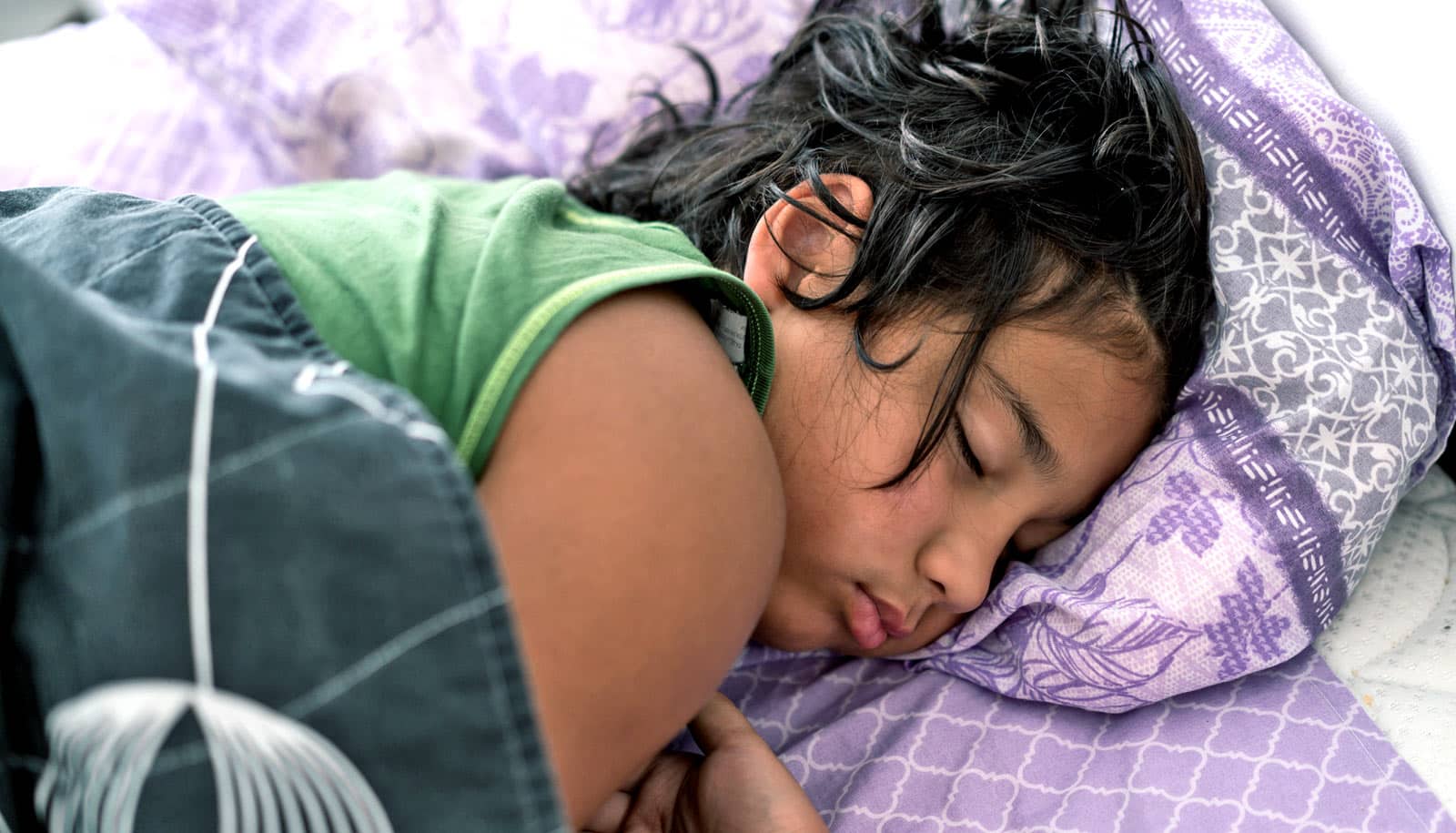Adolescents on average take no more risks than younger children do, and in many cases may take even fewer, according to a new study.
In fact, when adolescents can decide to opt out of taking a risk and choose a safe option instead, they take the safe option more often than children do.
Some neuroscience theories have suggested adolescents are more likely to take risks. The new study, based on an earlier meta-analysis of carefully controlled laboratory studies, finds that despite stereotypes to the contrary, the evidence does not support the notion of the out-of-control teenage brain.
The review also notes that there are distinct differences between the risk-taking behaviors of early adolescents (11- to 13-year-olds) and mid-late adolescents (14- to 19-year-olds), a finding that has important policy implications, researchers say.
More opportunity
Early adolescents take more laboratory risks than mid-late adolescents. While that is inconsistent with real-world results, older adolescents’ apparent real-world increase in risk-taking may be partially because they are exposed to riskier environments.
“If adolescents are doing more dangerous things in the real world, it’s not because they are intrinsically more risk-taking than children,” says coauthor Dan Romer, research director at the Annenberg Public Policy Center at the University of Pennsylvania. “The question is, what would account for the real-world difference?”
In laboratory studies, researchers asked people of various ages whether they would take a risk to win more money (or other rewards) or would rather get a lower payoff with more certainty. Adults tend to take the least risks on these tasks, but adolescents, in many cases, take less risks than children. Researchers say it raises the question why real-world hazards and risks during adolescence increase.
The adolescent brain
Recent neuroscience theories have pointed to a delay in the ability to control behavior in adolescence compared with the desire to do rewarding things. When faced with an opportunity to do something risky that appears rewarding, some expect teens to take that choice and to do so more than children.
But the current review suggests that this doesn’t explain the greater risk of injury in adolescence. There are a number of possible explanations, Romer says. Adolescents are under the watchful eye of parents a lot less than children, so even when children try to take greater risks, parents and other adults are sometimes there to protect them.
This possibility is consistent with a theory of adolescent risk-taking, the Developmental Neuro-Ecological Risk-taking Model, which emphasizes that “risk exposure,” that is, access to risk-conducive situations whether physical or social, could explain age differences in risk-taking.
Examples of physical risk exposure that adolescents experience to a higher extent than children could include access to driving a car and access to alcohol, a combination that could lead to drinking while driving, says lead author Ivy N. Defoe, a recent postdoctoral fellow at the Annenberg Public Policy Center.
Fortunately, minimum-age laws for substance use and driving can lessen the amount of these types of risk exposures. Further, although adolescents’ neuro-psychological development (e.g., heightened impulsivity in some) might play a role in real-world risk-taking, there is also typically an interaction with physical/social environmental factors.
It is also possible that adolescents don’t take more risk, but are more inclined to try new things, Romer says. Given their lack of experience in doing those things—driving a car, say—adolescents are more likely to have accidents or to experience other adverse outcomes.
Experience-seekers
Another possible explanation for the divergent findings is that in the real world, risks are not always clear, but are spelled out explicitly in the lab. This explanation fits another theory that explains the greater risks during adolescence as reflecting a lack of experience coupled with a desire to try new things.
That theory, the Lifespan Wisdom Model, suggests that much of what some consider teen risk-taking is actually a normal part of development in which teens seek to gain experience required to assume adult roles and behaviors.
Despite the lack of evidence for adolescents being inherently more risk-taking than younger children, they are more likely than adults to take risks, even when the risks are spelled out. This suggests that age needs to be taken into account when making policies about unhealthy behavior such as smoking and behavior that harms others such as stealing, the researchers say.
Source: Penn


